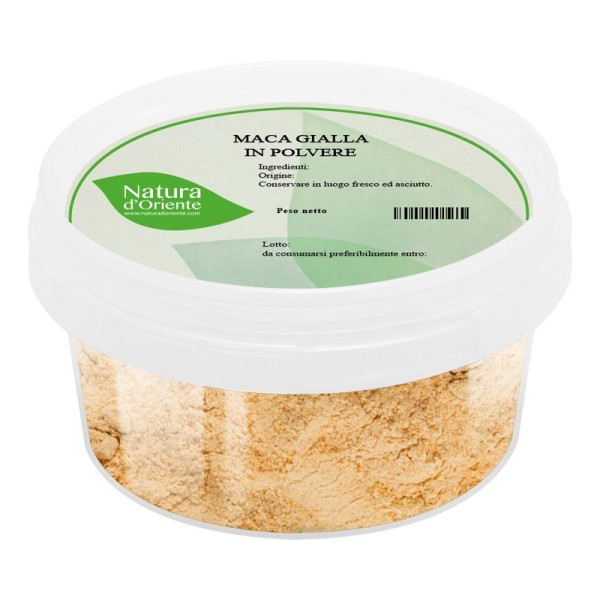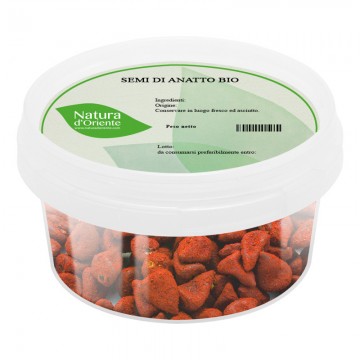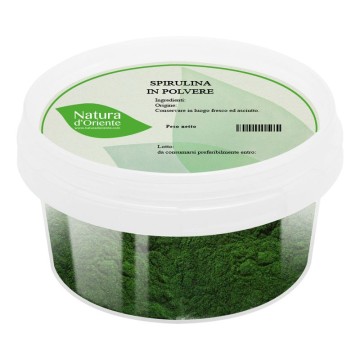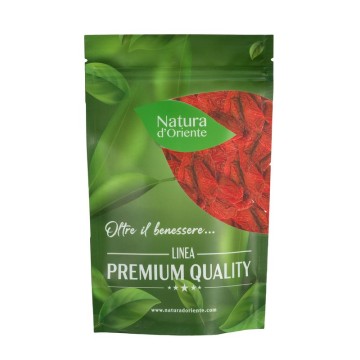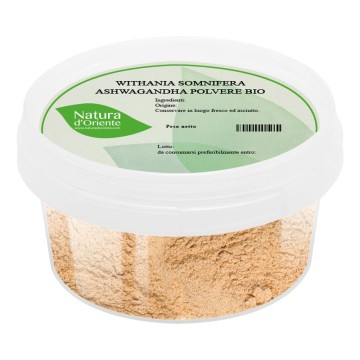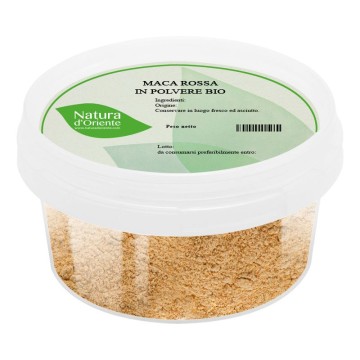The root of this plant is considered a precious element in phytotherapy, with a tonic-adaptogen action. It improves the body's ability to resist stress and supplies the energy needed to sustain both physical and mental fatigue. Yellow maca is the most common variety, which gives it its properties and a slightly pungent taste.
Yellow maca: properties and benefits
As a tonic, yellow maca counteracts physical and mental fatigue, providing a metabolic support effect, increasing the body's energy. The root is famous for this action, among those who want to invigorate the body for sporting purposes or to improve male sexual performance, since it is known as or "Peruvian ginseng". It supports athletic performance as a natural energizing supplement, promotes endurance and, in the long term, acts against oxidative stress. Powdered yellow maca helps overcome moments of tiredness and stress, both physically and mentally, and is an excellent ally for concentration, memory and attention. It enhances the vital mechanisms of adaptation (adaptogenic) of our organism. It can be useful as a natural support in case of erectile difficulty and low sexual desire, having an invigorating function. It acts as a natural vasodilator (widening of blood vessels), which increases blood flow, thanks to the action of certain compounds. For women, it can promote well-being during the premenstrual and menopausal stages by supporting energy and stamina levels. Some studies have been carried out on yellow Peruvian maca, to promote hormonal balance in pre- and post-menopausal women. As an adaptogen plant, maca can also improve mood. This version of organic yellow maca powder comes from organic crops and ensures a food free of toxic or harmful substances.
Origins and History of cultivation
Maca is a rare Peruvian root, native to South America, in the high Andean mountains of Peru and Bolivia. In nature it is found in three colors (yellow, red and black), all of which come from the same plant despite having different nutritional profiles. We know that 60-70% of these plants are yellow, but it was known to the Andean populations in all three variants. In the wild, its taproot was harvested, dried, or cooked fresh as a vegetable (baked, fermented as a drink, and made into porridge). Its Spanish and Quechua names include maca-maca, maino, ayak chichira, and ayak willku. In ancient times, yellow or black maca was used by South American populations to treat fatigue and anemia, as an aphrodisiac to treat erectile dysfunction, and to increase fertility and libido. Traditionally it was used by the natives as a natural remedy in case of hypertension, to soothe rheumatism, respiratory disorders. It was discovered by the Spanish conquistadors already at the end of the sixteenth century, and in recent times it has begun to be cultivated through a domesticated species. The aim was to obtain more widely its root, which is reduced to maca powder to be exported all over the world. The root can also be processed for maca extract or, dried, transformed into flour.
Plant and root
Maca comes from the Lepidium meyenii plant, a biennial herb of the Brassicaceae family. Its growth and size are similar to those of turnips or radishes. It displays green and fragrant buds, thin leaves that sprout on the soil surface and do not exceed 20 cm in height. The leaves are continuously renewed from the center and the flowers are self-fertile, creamy white in colour. The natural maca grown today is often derived from a more recent domesticated species, Lepidium peruvianum. It gives a fleshy hypocotyl (a part of the seed), which fuses with the taproot to form a rough pear-shaped body. The root can vary in size (circular, triangular, spherical, rectangular) and in color (creamy yellow, purplish, purple and black). Plants with cream or yellow maca roots are the most cultivated in Peru, due to their greater sweetness and size.
Nutritional values of Yellow Maca
Maca root is a good source of carbohydrates, contains fiber, B vitamins, minerals and amino acids. In addition to some compounds exclusive to maca such as macamides, macaridin, alkaloids and glucosinolates, to which the effects of the plant have been attributed. The root also provides trace elements, plant sterols and the amino acid L-arginine - useful as a vasodilator agent.
How to take yellow Maca powder
Maca can be used daily as a supplement, with a recommended daily dose of 5 grams, or as a one-time supplement. It has a slightly spicy taste, and for this reason it is often mixed with other drinks, creating energy drinks. You can add yellow maca powder to smoothies, centrifuges, yogurt, milk, tea, chocolate. Or, you can take it with a plain glass of water. You can also add it in some recipes in the dough for biscuits, desserts, batters (unlike red and black maca, often preferred for phytotherapeutic use only). It can also be mixed into cereal or oatmeal in the morning, into soups or soups, over vegetables or potatoes - judging the flavour. It is also possible to use organic maca powder as an ingredient in the preparation of energy bars with the root. Unlike black and red maca, yellow maca can be taken every day.
Yellow maca powder: side effects and contraindications
It is essential not to exceed the doses and to follow the administration instructions of a doctor or naturopath for prolonged intake over time. It is advisable to evaluate the dosage according to the objectives and to each specific health condition. Excessive intake can cause tachycardia, laxative effects, agitation, insomnia, heartburn, nausea, acne. The consumption of maca is not recommended during pregnancy and breastfeeding, for those suffering from thyroid disorders, or alterations in hormone levels.

